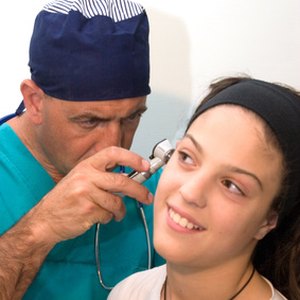
Medical providers use Evaluation and Management (E/M) codes when billing insurance companies for patient office-related visits. Medical billers decide which codes to apply for each service or procedure and guidelines set by the Centers for Medicare and Medicaid Services determine the meanings of each code.
Function
Medical offices use numerical Current Procedural Terminology (CPT) codes to identify--without use of lengthy descriptions--the exact services given to a patient.
Types
All E/M codes start with “99” and contain five digits, beginning with 99201 and ending with 99429. Specifically, codes 99201-99205 describe services to first time patients and codes 99211-99215 are for doctor's visits by established patients. Codes 99241-99245 identify office consultations, codes 99354-99360 describe prolonged services and other codes describe preventive medicine care.
Exam Categories
Results of E/M exams fall in one of four categories: “Problem Focused” describes a health exam limited to the area of chief complaint. An “Expanded Problem Focused” exam focuses on the area of complaint and two to seven other affected areas. A “Detailed” exam describes an extensive review related to the area of complaint in addition to two to seven other body or organ areas. The “Comprehensive” exam indicates a complete review of the affected area plus eight or more organ systems or body areas.
Considerations
Other factors used to determine which E/M code best suits services provided include the patient's chief complaint, how long symptoms have been present, consideration of a patient's past medical, family and social history and the amount of time taken for the office visit.
Modifiers
Reduced or altered services receive a billing modifier that lets claim payers know that a change has occurred in a standard service. Use of modifier “25” commonly indicates identification of a separate condition apart from what the initial, same-day office visit addressed. Modifier “21” indicates a longer-than-normal E/M visit. Modifier “50” denotes a bilateral service, “52” a reduction in service, “76” a duplicate procedure performed by the same doctor and “77” indicates a repeat service provided by a different doctor.
References
Writer Bio
Adeeba Folami is a freelance journalist residing in Denver, Colo. She was first published professionally in 1994. Folami's work has appeared in many publications, including "Denver Weekly News," "Afro American Newspapers," "Louisiana Weekly," "Dallas Weekly," "Mississippi Link," and "OpEd News."

